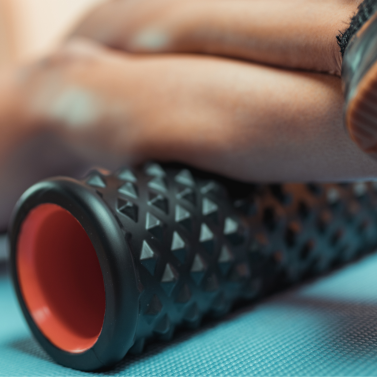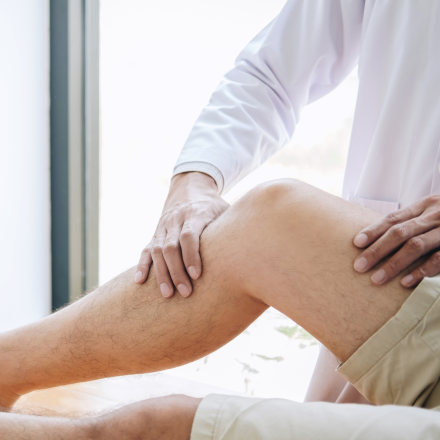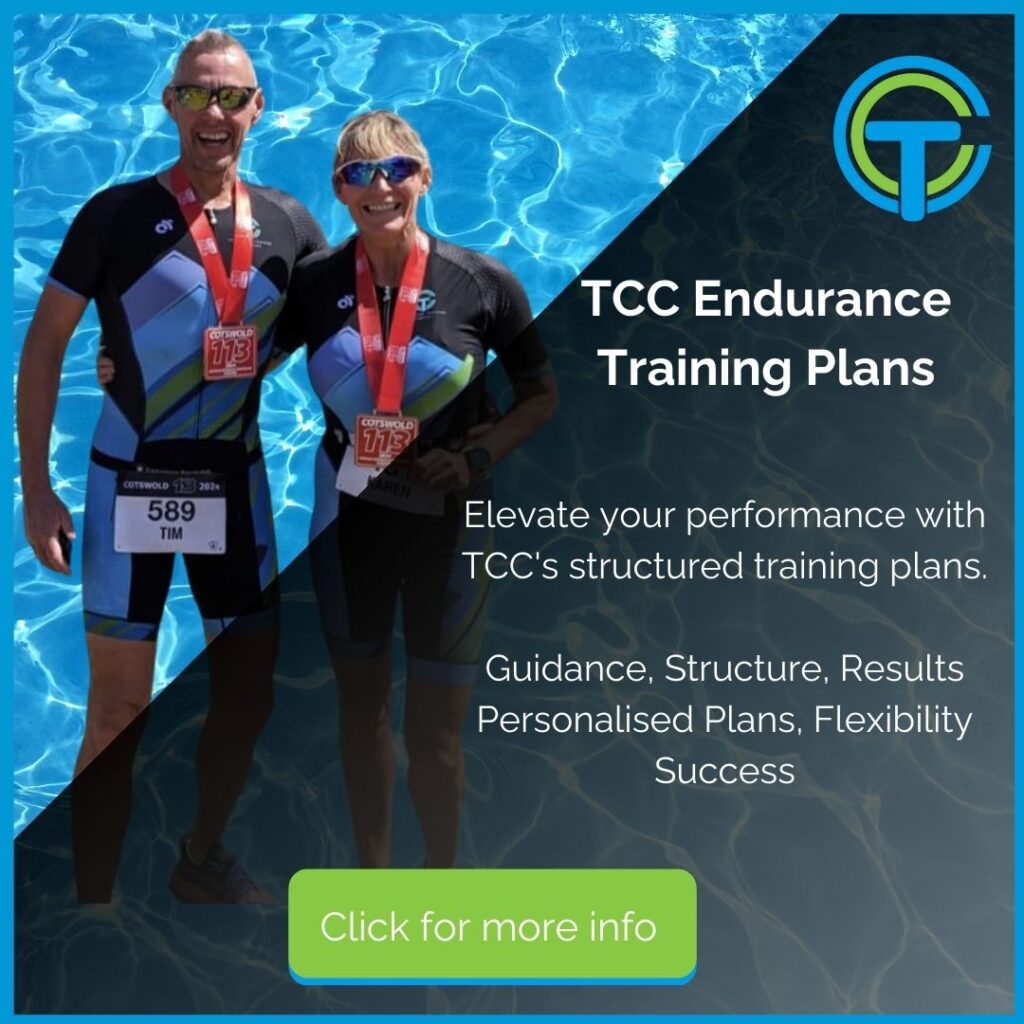Recovery Tools
In this article, we discuss some of the simple products you can use to aid your recovery without breaking the bank or yourself!
Triathlon is a sport of 3 disciplines. It could be argued that you could add three more disciplines between the lines. The transition between each on race day and Brick days, Nutrition fuelling your training and races, recovery from all that training and racing allowing you to adapt and improve without injury.
The focus of this article will be recovery and examples of what can be used to aid it. I want to note that I am not a medical professional. If in doubt, please seek professional advice.
Stretching or yoga will not get mentioned as that should be ongoing in your training.
Let’s start with a simple one – Bodyweight. Sit down, lie down or walk – stationary and active recovery. The simplest form going. Best post-race or big session. Don’t stay stationary too long before moving, though.
But what about the tools? Here they are:-
Massage gun

The only real extravagance in this article. These are by no means essential but can benefit you if you have the funds. Essentially a jigsaw with a blunt ball or attachment that vibrates the muscle fascia loose. Most will have varying strengths and speeds with different attachments for different areas of the body. Most will also come with booklets showing the best use for each location. These vary in price from £50 to £400+. Buy cheap buy twice. Personally, I use Pulseroll, which is an excellent balance between price and quality with some great features and attachments.

Resistance band
For recovery, it is best to use a light resistance band, which is up to the individual. It is available in many sizes, strengths, and colours, so no choice is a bad one because they all have a use at some point.
Pick a light one. It can be used pre and post to help keep smaller muscle groups free and moving. Examples are shoulders and hips. Seek professional advice, or Youtube is an excellent source for uses (make sure you choose a well-recognised and qualified source).
Massage Balls
Specific massage balls are commonly covered in spikes for pressure points. You can use hockey balls or golf balls or even a medicine ball. I use a golf ball for the soles of the feet and a hockey ball for pressure points in the upper back and neck.
Try not to roll pressure points. Just hold until they release or feel loose. Try not to use full body weight on these, or unintentional loud noises will be made!


Massage Stick (Or Rolling Pin)
similar to a foam roller in the outcome but less use of bodyweight. Able to get to more awkward areas like the hip flexors. It can be used sitting or standing.
Suitable for pre exercises as not such a harsh massage to the muscle fascia. If you don’t have a specific massage stick, then a standard rolling pin or even cut-off broomstick will work just fine.
Foam Roller
This is similar to a foam roller but of a more solid density and various bumps on the surface. Some more aggressive than others.
They are used primarily on large soft tissue like the calves and backs of the legs. Try and avoid rolling lower and thoracic spine areas not designed for this, side roll lats but not the spine.
A good alternative if you cannot get to a qualified sports therapist. More on that next…


Human
Physio, or Biomechanics Coach. Find someone you like and stick with them as they will get to know your body and how best to work with you and your body to keep going effectively. This is a massive subject in itself, so an article for the future to elaborate on. The key here is to find someone you trust and understand your needs, hobbies, and maintain that relationship. Like having a great coach who understands you, you need to make sure you have a physio who gets you and can advise on your unique needs. Remember, although triathlon is an individual sport, you will nearly always need a great team behind you!
Hydration & Nutrition
Goes without saying. Keep yourself fuelled before, during, and after correctly. Hydration is vital in ensuring your recovery is optimal and can quite easily be overlooked, especially when the training gets tough. Drink often and maintain that balance!
Of course, there are many ways you can help your recovery in any form of sport rather than just triathlon. Regardless of the budget, you should implement a method of recovery in your routine. For the longest time, I used a blue foam roller and a golf ball with pleasing results. Everything discussed is readily available for pretty much any budget. The more effectively you can recover, the more effectively you can train and race and, in the long run, achieve what you want out of the sport of triathlon. Which ultimately should be fun at any level.
On that, I will leave you to swim, bike, run, recover and enjoy.




